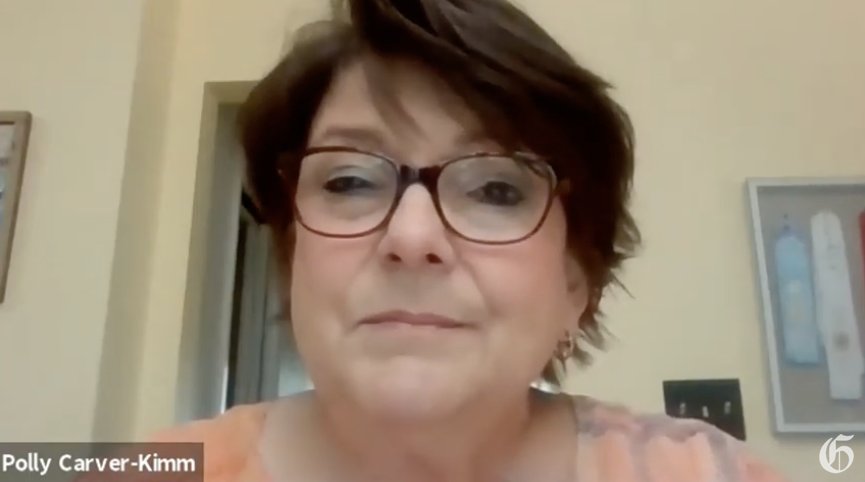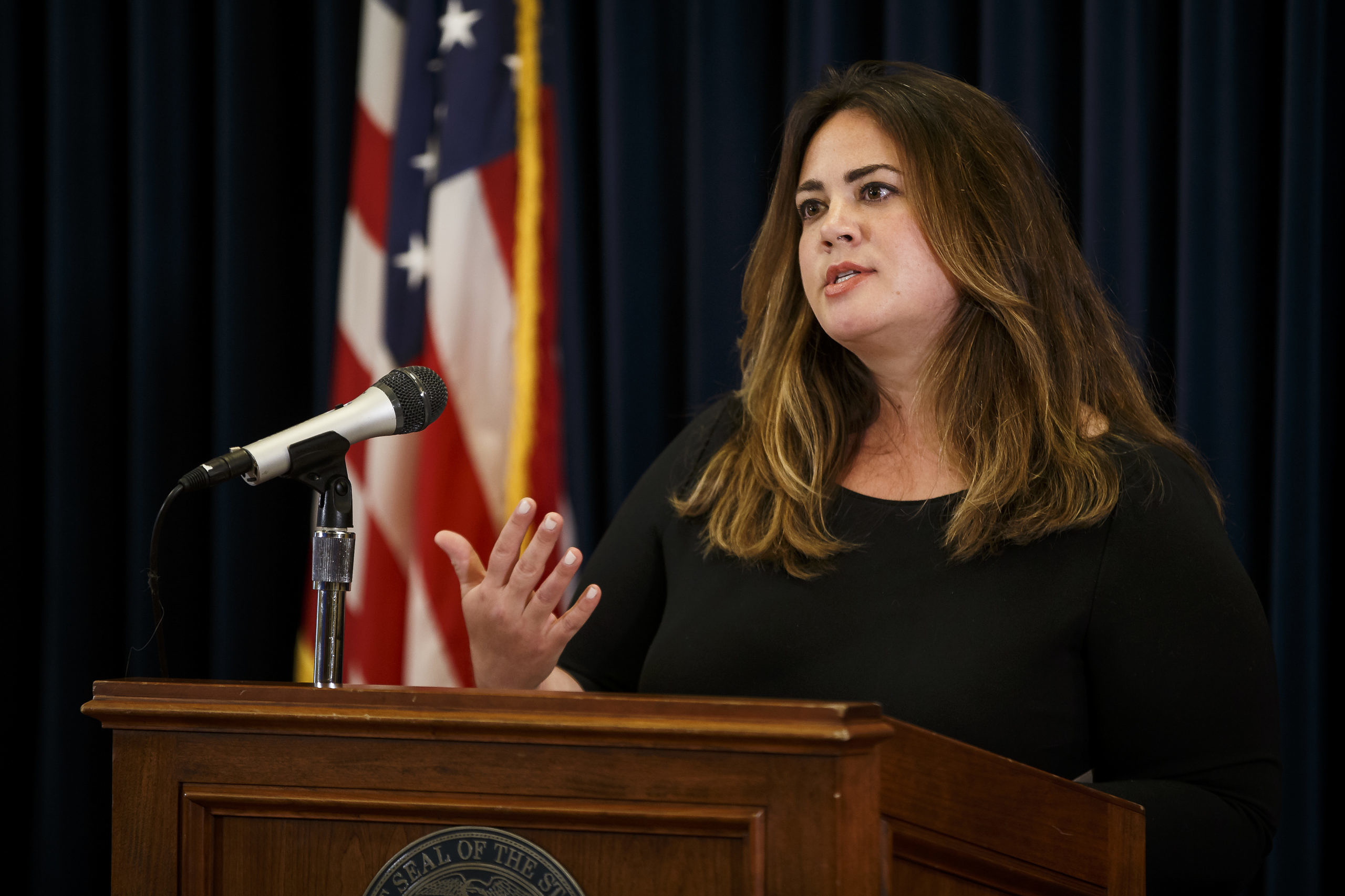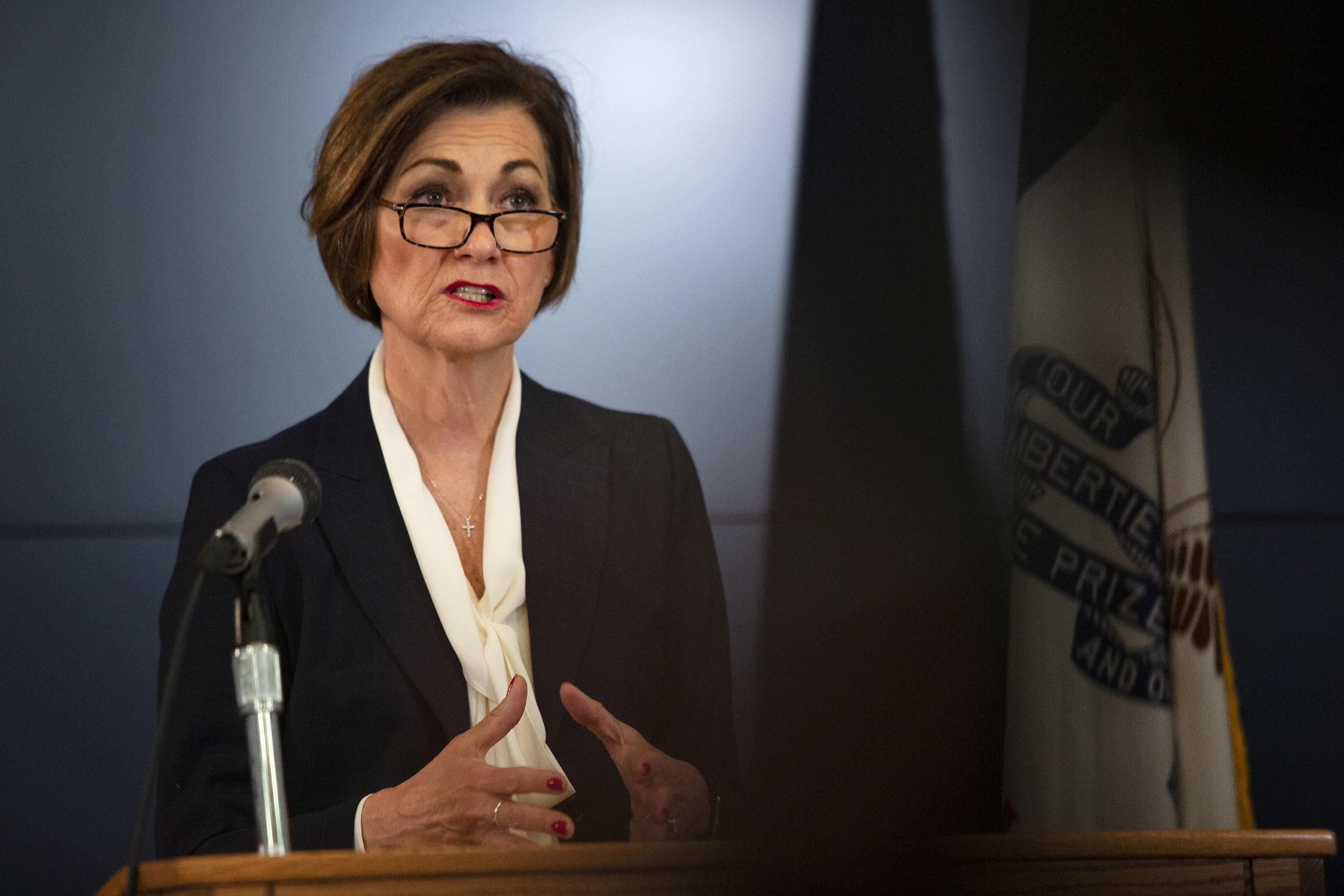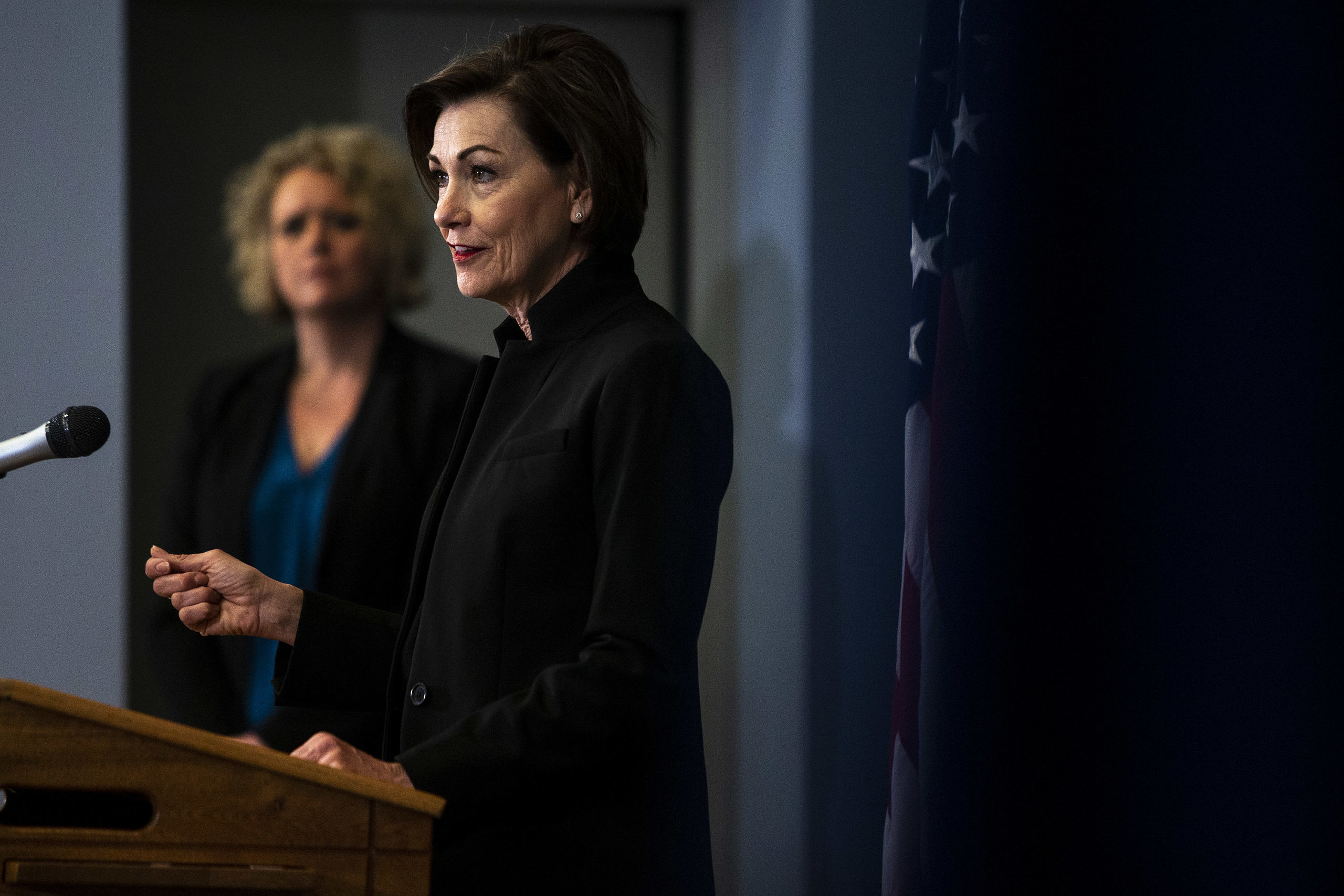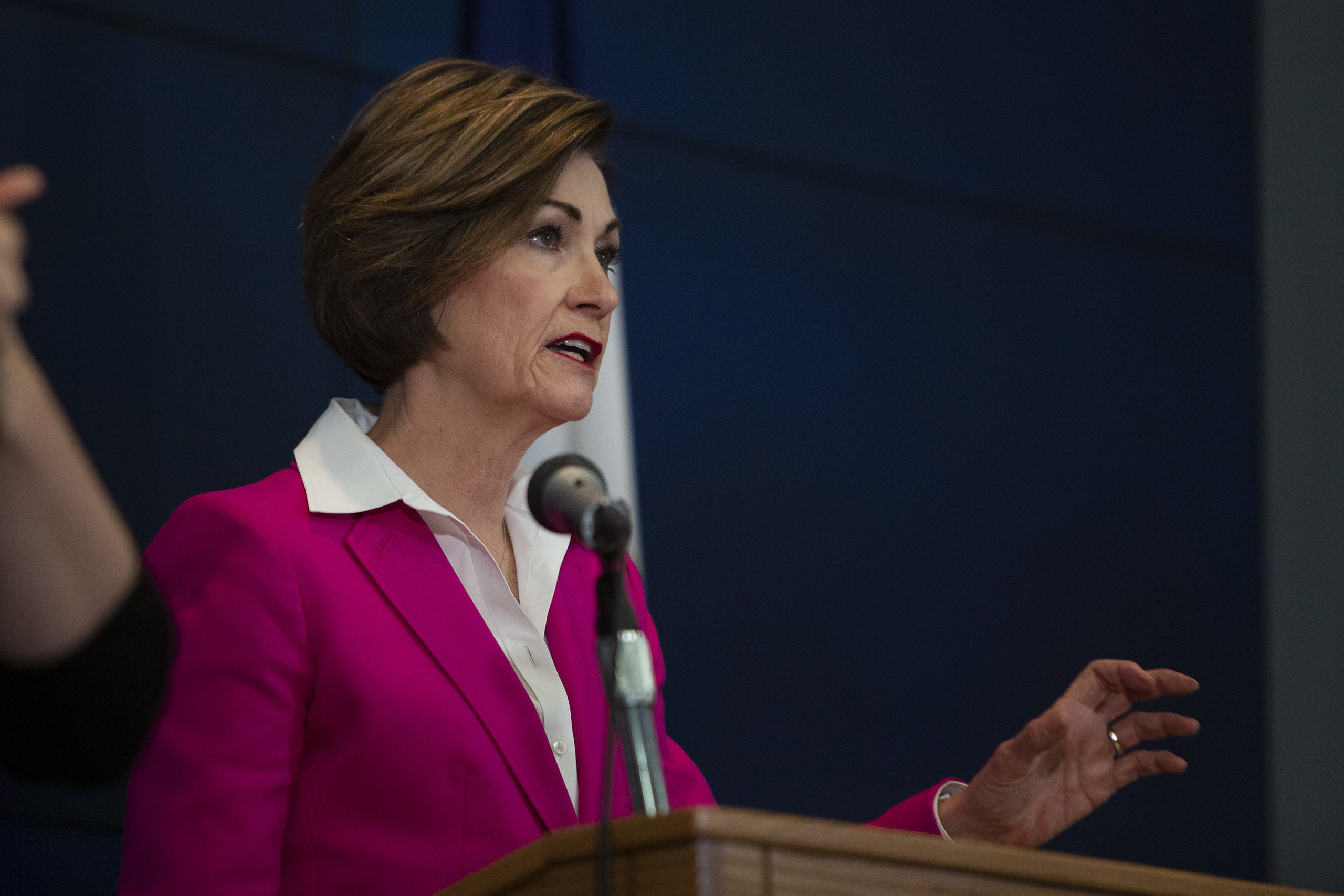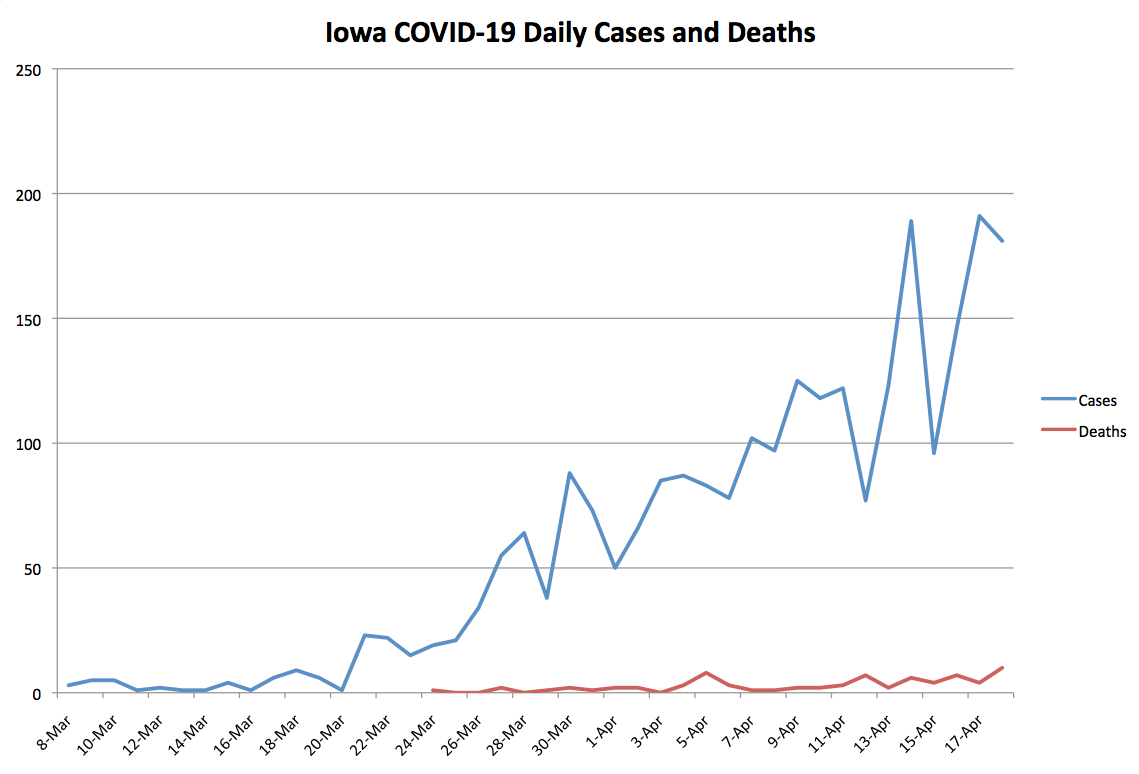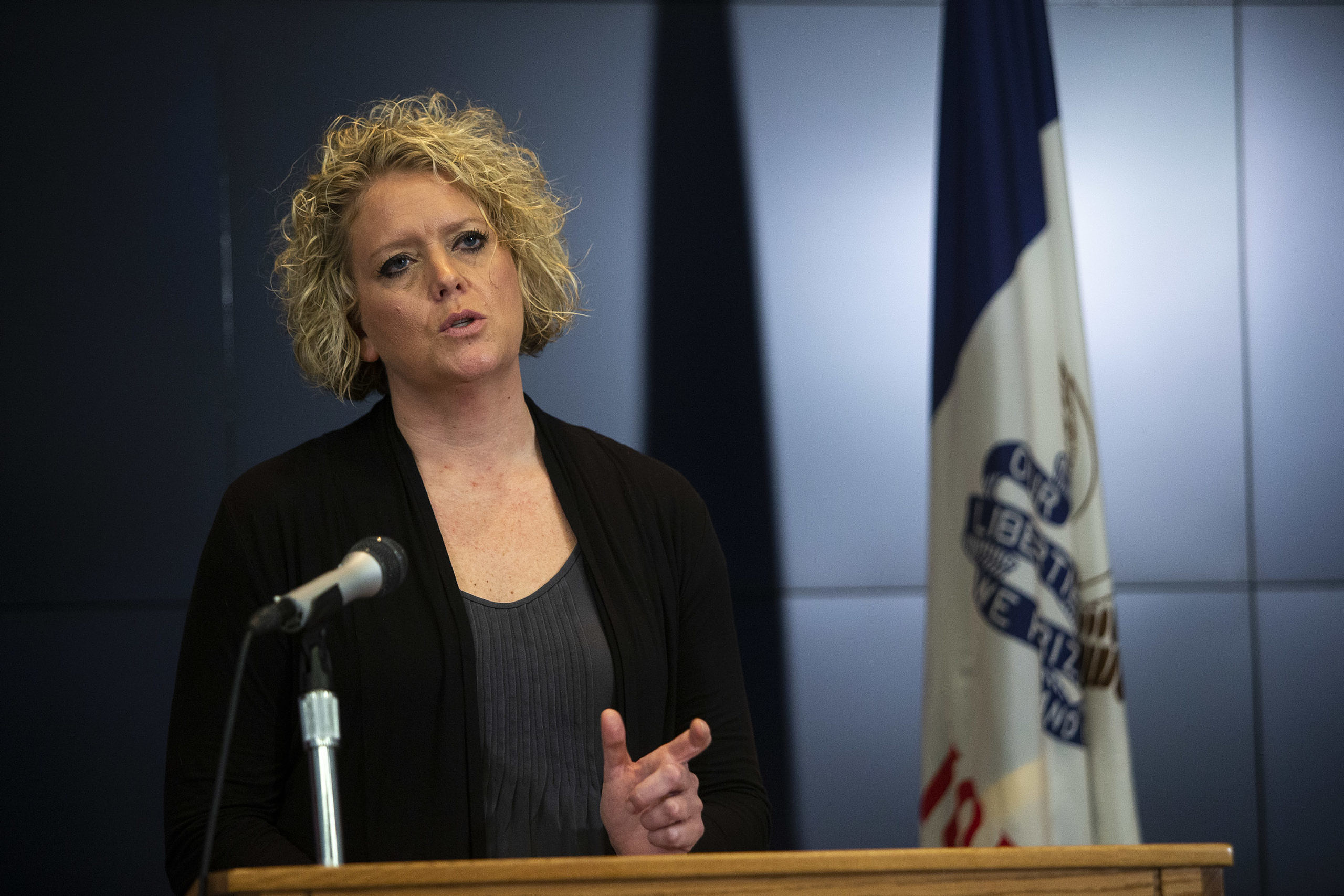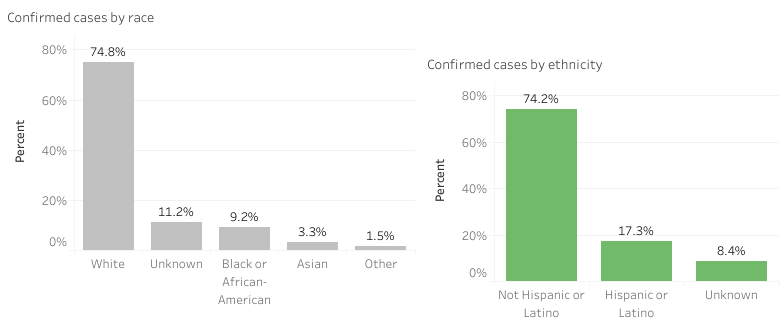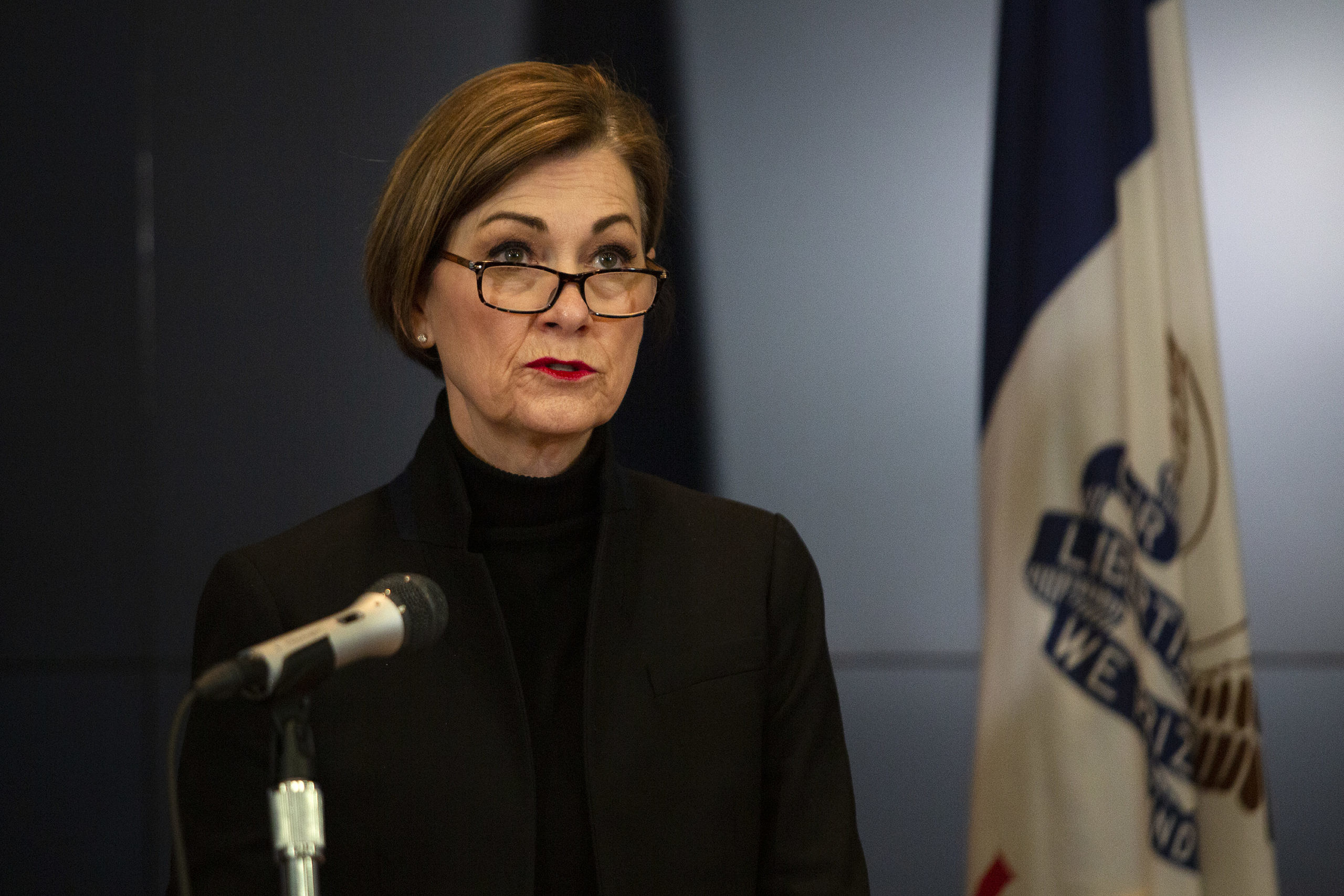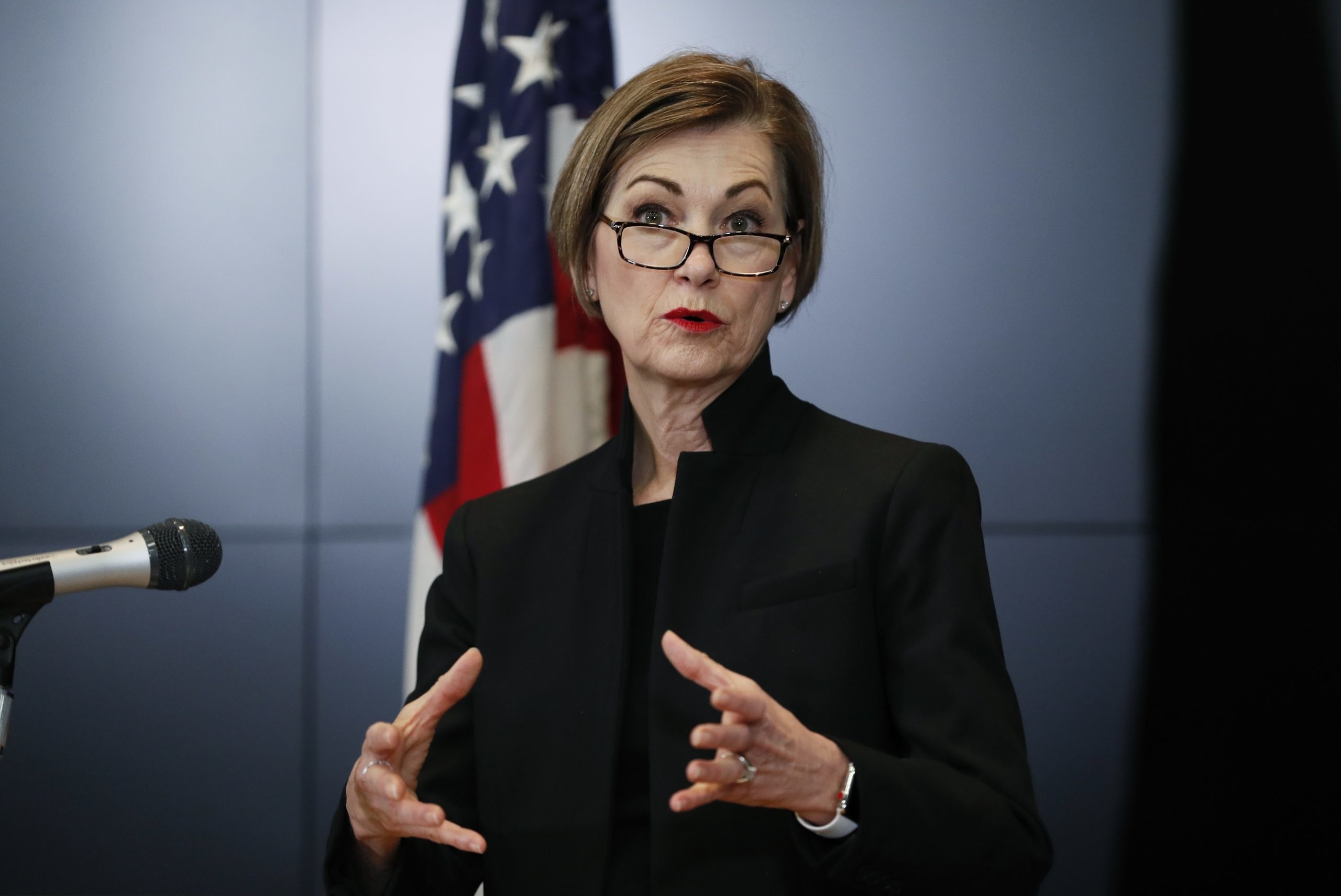A Polk County District Court has rejected the state’s motion to dismiss part of Polly Carver-Kimm’s wrongful termination lawsuit against the state of Iowa, Governor Kim Reynolds, her former communications director Pat Garrett, and several senior Iowa Department of Public Health (IDPH) officials.
Carver-Kimm handled press contacts and public records requests for the IDPH for thirteen years before being forced to resign in July 2020. She asserts that she was “stripped of her duties and later terminated after she made repeated efforts to comply with Iowa’s Open Records law (Chapter 22) by producing documents to local and national media regarding the State of Iowa’s response to the ongoing pandemic.”
District Court Judge Lawrence McLellan’s December 22 ruling (enclosed in full below) affirmed the importance of the open records law and rejected the state’s effort to remove Reynolds as a defendant in this case.
Continue Reading...
